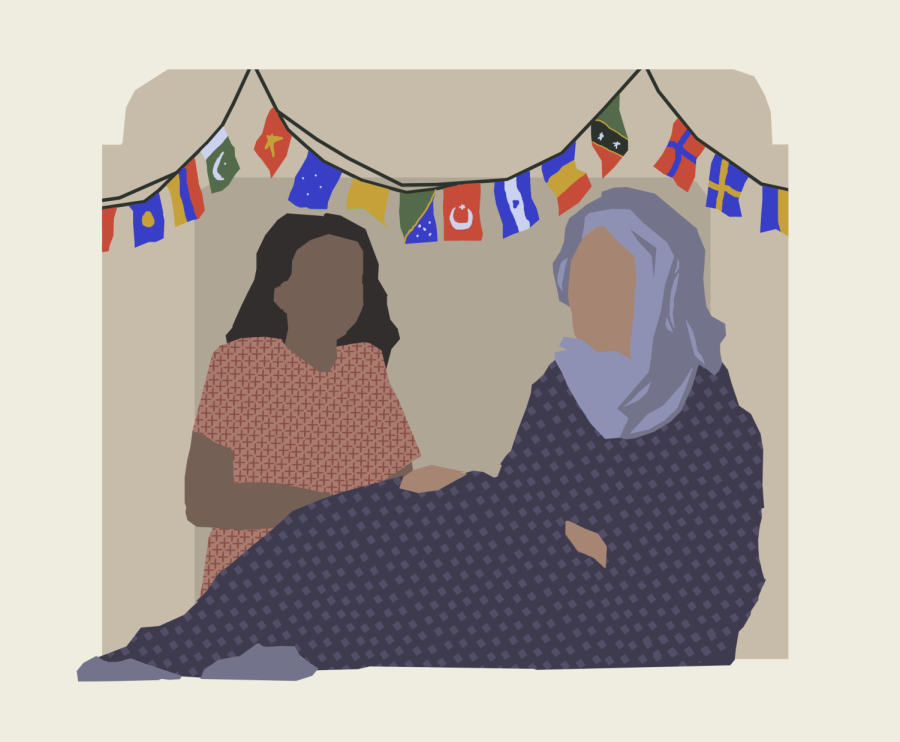International students reflect on coexisting in co-ops
September 23, 2022
Many international and in-residence University students learn to maneuver cross-cultural relationships while living in co-ops, or cooperative living apartments.
Mark Birkenstock, communications and development director at College Houses Cooperative, said that international students make up one-third of the 521 tenant population living in College Houses Co-ops this fall. Birkenstock said co-ops attract so many international students because of the access to a large community of potential friends.
“If you’re coming to the country new, (co-ops) take the burden off of you to meet all those people and make all those connections, which would be really difficult,” Birkenstock said.
Co-op residents engage in around four hours of weekly labor, as well as attending meetings to make housewide decisions and social events in the seven communities under College Houses, such as Halstead Co-op. Vincent Mao, former student director of Halstead, said the events and tasks create an ideal setting for diversity and friendship. While the mix of cultures within the co-ops can cause language and cultural barriers, the shared living space creates a community, Mao said.
“I was just so blown away by all the new cultures and amount of diversity I was being exposed to all at once,” University graduate Mao said. “I would say that I have a friend all over the world.”
Faith Wong, a psychology junior from Singapore, said spending her exchange semester at a co-op expanded her worldview.
“I would say that diversity is always a good thing,” Wong said. “I just found it extremely refreshing and interesting to get to know people.”
At the co-ops, students bond during their time together, and environmental science sophomore Fiona Wyrtzen said frequent farewells with international friends can be emotionally challenging.
“The longer I live there, it definitely gets more heartbreaking,” said Wyrtzen, education coordinator of Halstead. “(It) can be difficult after a certain point to put the energy into those friendships because you’re so heartbroken in the past.”
Mao said students also struggle with language barriers.
“There (are) a lot of lingos, phrases, and a lot of slang that we use that isn’t necessarily taught in schools internationally,” Mao said.
The mix of different nationalities can sometimes cause miscommunications and microaggressions, Mao said.
“(Students) might show slight disapproval or misunderstanding of someone’s culture and background,” Mao said. “Or (students of different nationalities) both might have some shared generational trauma that goes back due to history.”
Wyrtzen said education remains essential within the co-op to ensure international students feel comfortable. Taking time to have a longer conversation with someone or simply learning to pronounce each other’s names is a place to start, Wyrtzen said.
“There has to be a lot of back-and-forth (conversation), education and open-mindedness in terms of the cultures,” Wyrtzen said.
College Houses currently requires all members to read instructional manuals, attend orientations across four steps and remain firm on their zero-tolerance policy toward harassment based on identity, Birkenstock said.
Wong said that when it comes to interpersonal relationships between in-residence and international students, “it’s all about the effort” both sides put in, despite possible discomforts.
“(The) mindset that you’re interested in different people’s backgrounds and you want to make an effort (in) forming friendships with those people,” Wong said. “I think that would help with the overall communal spirit at the co-op.”



